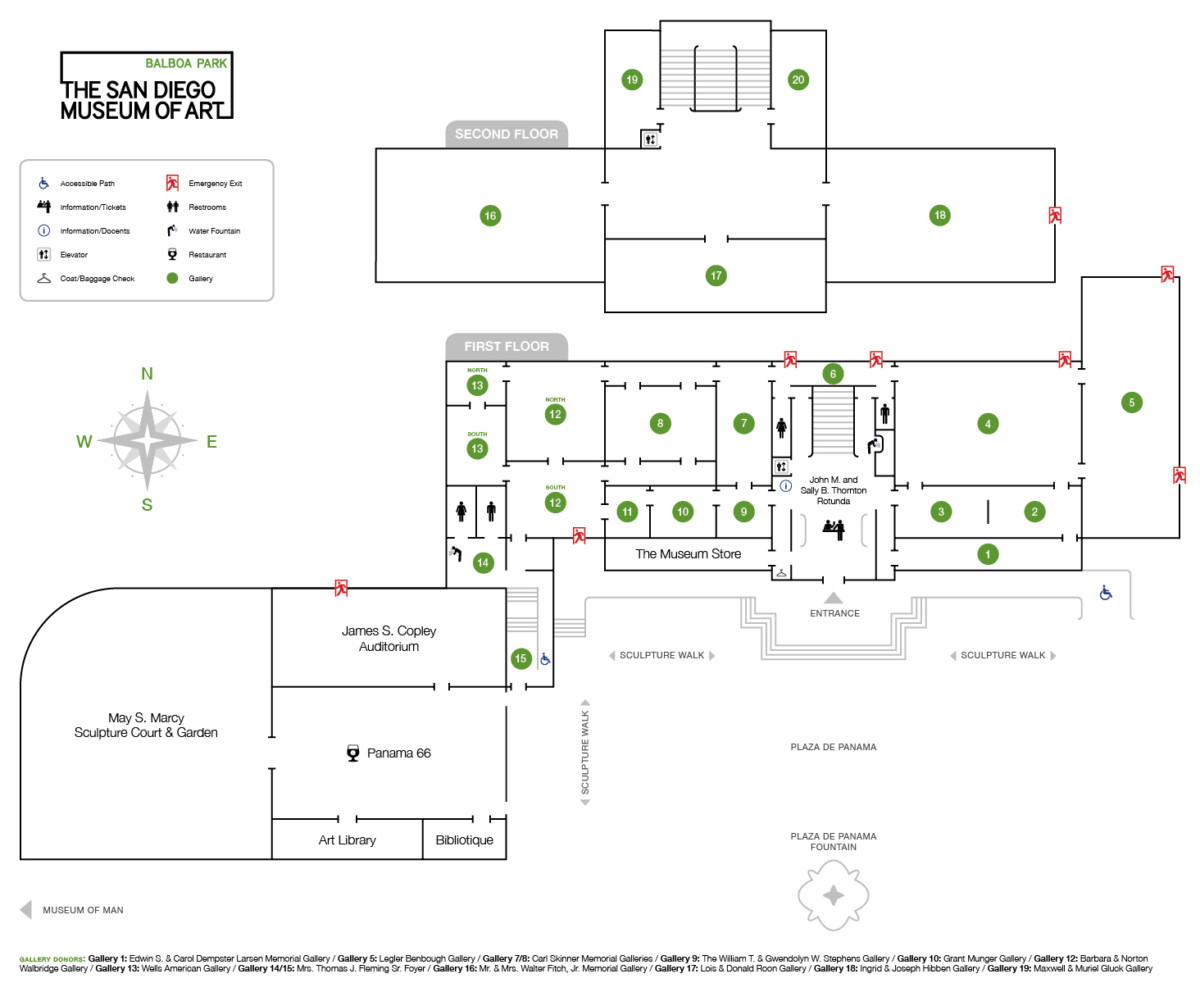Photographs by Alfred Eisenstaedt
Eisenstaedt, who was Jewish, fled Nazi Germany in 1935 and emigrated to New York, where he was recruited by Henry Luce, the founder of LIFE magazine. Between 1936 and 1972 Eisenstaedt’s photographs of celebrities and current events appeared thousands of times in LIFE, and on 90 of the magazine’s covers. Though Eisenstaedt regarded himself, first and foremost, as a nature photographer, he was prized by his publishers for his skills as a portraitist. While his easy charm disarmed even the most intimidating subjects (such as Ernest Hemingway or Marilyn Monroe), he also distinguished himself as a brilliant storyteller. His image of a sailor embracing a nurse in Times Square, for instance, remains the iconic image of Victory over Japan Day.
The present installation, drawn from the Museum’s substantial collection of original LIFE magazine prints, highlights one particular aspect of Eisenstaedt’s art: his special acuity as a social observer chronicling an upwardly mobile class of Americans. From graduates at West Point, to a hero of the college gridiron, to the grandes dames of the Kentucky Derby, this selection of Eisenstaedt’s exemplary photojournalism presents the “smart set” of his day.


